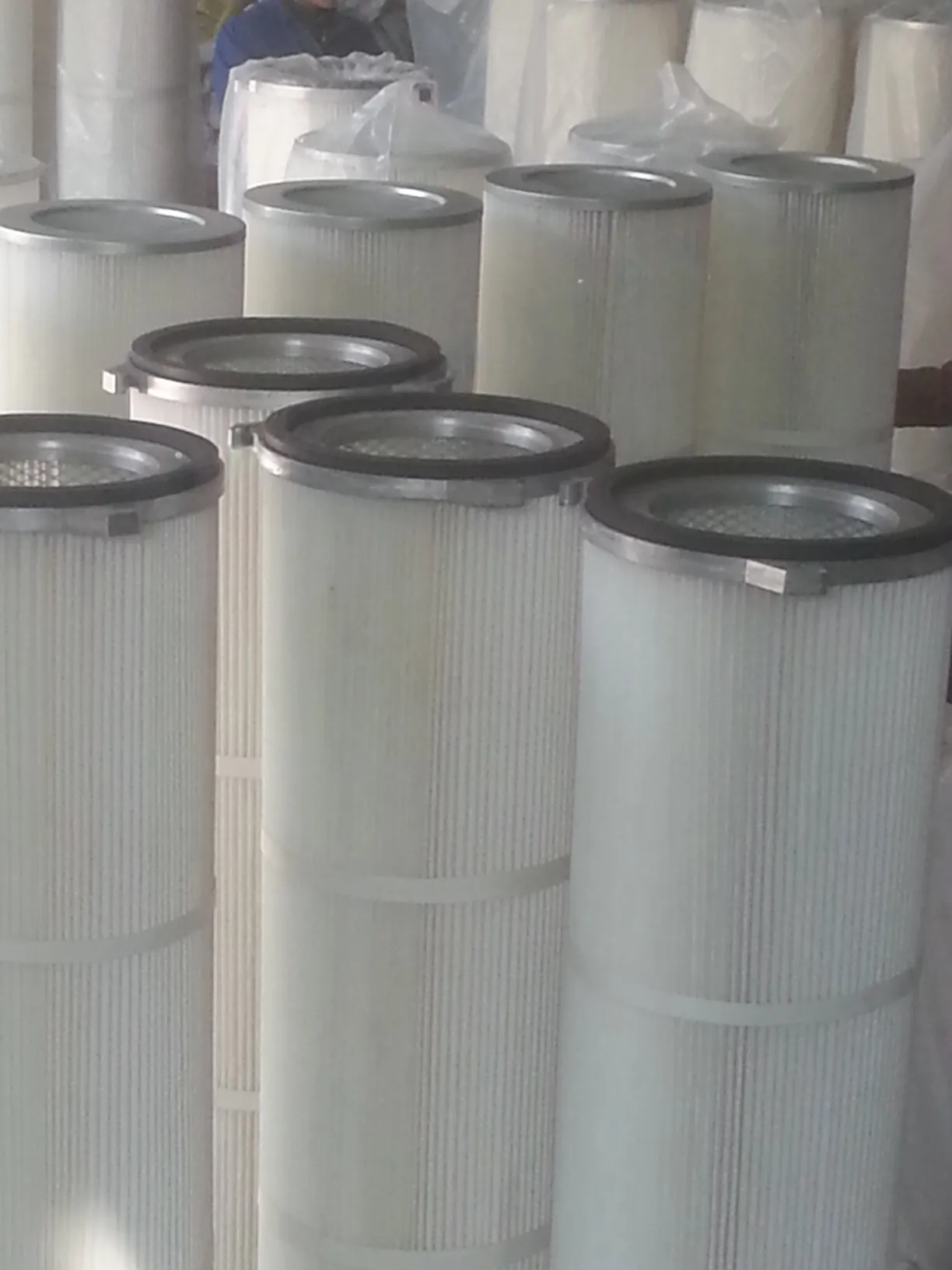 Tel:
+8615930870079
Tel:
+8615930870079
Oct . 08, 2024 17:45 Back to list
cartridge filter vacuum
Understanding Cartridge Filter Vacuum Systems A Comprehensive Overview
In the realm of industrial and commercial filtration, cartridge filter vacuum systems stand out for their efficiency and versatility. These systems play a crucial role in maintaining a clean and safe environment in various applications, from manufacturing plants to laboratories. This article delves into the fundamentals of cartridge filter vacuum systems, their components, functionality, applications, and benefits.
What Are Cartridge Filter Vacuum Systems?
A cartridge filter vacuum system is a type of filtration system that utilizes a series of cartridge filters to separate particulates from gases or liquids. These filters are cylindrical and contain multiple layers of filtering media, engineered to trap a broad spectrum of particulate sizes. The design allows for a high surface area-to-volume ratio, which enhances efficiency and extends the life of the filters.
The basic operation involves drawing in contaminated air or liquid through an inlet, where it passes through the cartridge filters. The filtrate, now free of unwanted particles, is expelled through an outlet, while the particles are collected in the filter cartridges. This process is continuous, ensuring a steady flow of clean air or liquid.
Components of Cartridge Filter Vacuum Systems
1. Filter Cartridges The heart of the system, these cartridges are made from various materials, including polyester, polypropylene, and cellulose, depending on the application. Each material has unique properties to cater to specific filtration needs.
2. Vacuum Pump The vacuum pump creates suction, drawing the contaminated air or liquid into the filtration system. The type of pump selected can significantly influence the system's overall efficiency.
3. Pre-filter (Optional) Some systems incorporate a pre-filter to capture larger particulates before they reach the cartridge filters. This protects the more delicate filters and extends their operational lifespan.
4. Collection Bin After filtration, larger particulates are often stored in a collection bin, making disposal easy and efficient.
5. Control Panel Modern systems often have a control panel featuring gauges and indicators that monitor the performance of the system, including filter status and vacuum levels.
Functionality
The functionality of cartridge filter vacuums is primarily dictated by the filtration media used in the cartridges. As the contaminated air or liquid passes through the filters, various physical mechanisms come into play, such as mechanical sieving, electrostatic attraction, and depth filtration. These processes allow for the effective capture of fine dust, liquid particles, and even larger debris.
The maintenance of these systems is straightforward; users can typically replace the cartridge filters as needed, depending on usage and the level of contamination. Regular monitoring is essential to maximize efficiency and prevent clogs that could reduce suction power.
cartridge filter vacuum

Applications
Cartridge filter vacuum systems are incredibly versatile and find applications across various sectors
1. Manufacturing In factories, these systems are vital for maintaining a clean environment by removing dust, shavings, and other particulates generated during production processes.
2. Food Processing In the food industry, maintaining hygiene is critical. Cartridge filter vacuums help ensure that dust and contaminants do not compromise product safety.
3. Pharmaceuticals and Laboratories Clean air and work surfaces are paramount in these areas. Cartridge filters effectively minimize exposure to hazardous particulates.
4. Construction and Renovation These systems are often used on job sites to manage dust created from cutting, grinding, or demolition work.
5. HVAC Systems Cartridge filters are commonly integrated into HVAC systems to ensure that the air circulated within buildings is free from dust and allergens.
Benefits of Cartridge Filter Vacuum Systems
The advantages of using cartridge filter vacuum systems are numerous
- High Efficiency With their multiple layers of filtration, these systems can capture a broad range of particle sizes effectively.
- Compact Design Cartridge systems are typically more compact than traditional bag filters, making them suitable for space-constrained environments.
- Lower Maintenance Costs Replacing cartridges is straightforward, and the durability of these filters means they often need fewer replacements than other types of filters.
- Versatility Suitable for various applications, these systems can adapt to different industries and environmental conditions.
In conclusion, cartridge filter vacuum systems represent a pivotal advancement in the field of filtration technology. Their efficiency, adaptability, and ease of maintenance make them a preferred choice for many industries looking to ensure a clean, safe, and productive environment. Whether in a manufacturing facility or a laboratory, the application of these systems enhances operational standards and contributes to broader health and safety compliance.
-
Nano Fiber Technology: Revolutionizing Cartridge Dust Collector FiltersNewsAug.06,2025
-
How Activated Carbon Air Cartridges Eliminate OdorsNewsAug.06,2025
-
Dust Filter Cartridge Handling Fine Particulate MatterNewsAug.06,2025
-
Cartridge Dust Collector Filter for Welding Fume ExtractionNewsAug.06,2025
-
Activated Carbon Filter Cartridge Effectiveness Against VOCsNewsAug.06,2025
-
Activated Carbon Air Filter Cartridge Benefits ExplainedNewsAug.06,2025

 Email:
Email:





